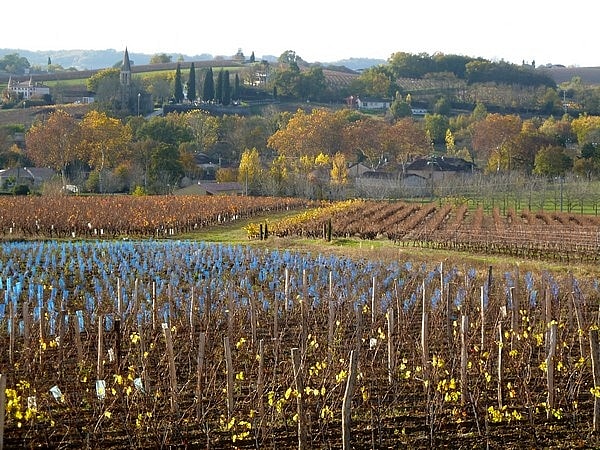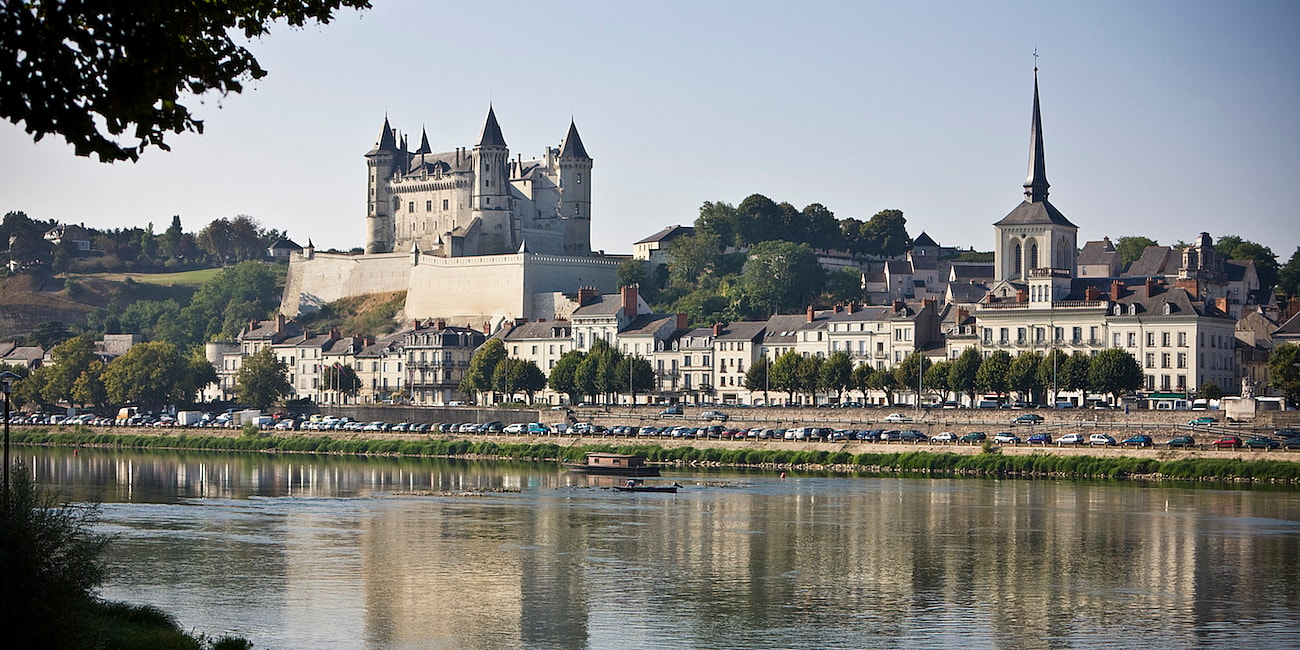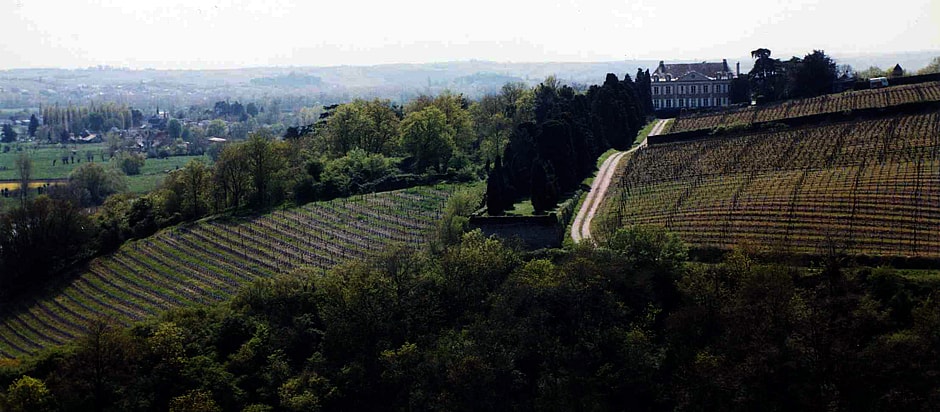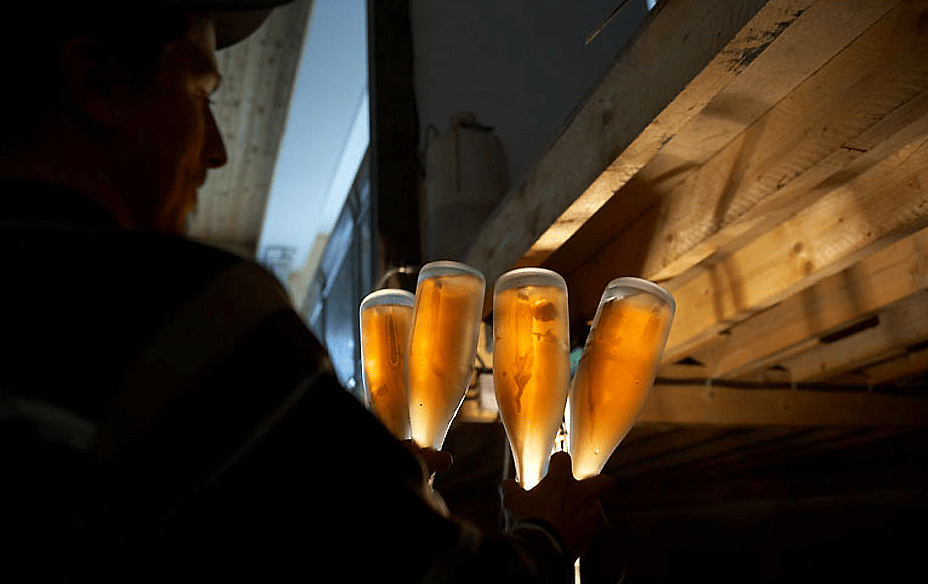Some of the World’s Most Unique Wines Come From the South of France, And Here’s Our Must-Guzzle Guide
Bottoms up.

France has nearly two million acres of vineyards, spread across more than 300 appellations, that produce roughly eight billion bottles of wine per year. Long story short, there’s a lot of vin in France for a tipsy traveler to explore. Yet most wine tourists stick to the well-trodden path: Bordeaux, Burgundy, Alsace, Rhône.
Not that there’s anything wrong with those world-class regions. But if you’re the kind of person who’s willing to try rare and unique grapes that you can’t always pronounce, the kind of drinker who’s unafraid of natural wines recommended by tattooed sommeliers, and the kind of traveler who likes to venture away from the masses, then consider the following wine itineraries.
SOUTHWEST FRANCE
For lovers of obscure grapes who want an alternative to show-offy Bordeaux

When I think of interesting but affordable wines, I think of Southwest France, and places like Tarn, Haute-Garonne, and Gascony. These regions are only a few hours’ drive from Bordeaux, but instead of cabernet sauvignon, merlot, and sauvignon blanc, the best wines here are made from négrette, tannat, mauzac, fer servadou, and petit manseng. No, I’m not just making up gibberish. Those are the names of grapes that come from Fronton, Madiran, Marcillac, and Gaillac. You might not have heard of those places, but these are not upstart, up-and-coming nouveau regions. They’re actually quite ancient. Winemaking, in fact, flourished here with the Romans, long before it did in Bordeaux.
Perhaps the most convenient appellation in the Southwest is Fronton, a perfect day trip from the city of Toulouse. Made with négrette, a delicate red that’s perfumed like a Mediterranean garden with exotic dried herbs and wild plums, Fronton wines can be red or rosé. One of my favorite Fronton producers is Domaine Roumagnac, located in the village of Villematier and dating back to 1880.
For centuries, people have been making big, jovial, rustic reds around the Gascon village of Madiran, where the tannat grape is king. Tannat had a small blip of notoriety in the mid-2000s when scientists found that it contained the highest, most potent levels of polyphenols, those antioxidants that prevent an array of health problems. Madiran wines are muscular, dark, and juicy, perfect for when the weather turns cold and leaves begin to fall. Bottles of Madiran wash down the decadent meals of Gascony, where I was fed so much rich foie gras and pressed duck that I feared my hosts might be forcing me toward the same fate as the geese. A classic producer in the village of Viella is Château Viella.
At the other end of the spectrum are the lighter-bodied, blood-purple wines made with the fer servadou grape, which is called braucol in the town Gaillac and mansois in Marcillac, its two main growing areas. The small town of Gaillac, in particular, is a wonderful base for exploring the Southwest.
https://www.instagram.com/p/BWkSRC4AHrG
Where to Stay:
- Hôtel/Restaurant La Verrerie, Gaillac
Where to Taste:
- L’Enclos des Braves, Gaillac
- Domaine du Moulin, Gaillac
- Domaine des Terrisses, Gaillac
LOIRE VALLEY
For laid-back wine drinkers who love good value and natural wines

“Visit the Loire because it’s one of the home bases of natural wine,” says Rachel Signer, editor of the new wine magazine Terre and a Loire fanatic. “People are fighting to make what they believe is authentic wine that really represents terroir, and they are open-minded and unpretentious.” Signer suggests traveling with the same unpretentious spirit: “Don’t think too much. Email some producers for appointments, grab a French dictionary, book some random hotels, and go.”
Loire wines range from white (muscadet, chenin blanc from Vouvray and Savennières; sauvignon blanc from Sancerre) to rosé (the famed Anjou) to red (cabernet franc). Signer adds, “The Loire is interesting because it offers unique heritage varieties only found there, such as pineau d’aunis, Romorantin, menu pineau, and others worth checking out.” Cabernet franc from the Loire will be a particular revelation for American wine drinkers weaned on big, oaky, fruity reds. It still remains a bit of a mystery here in the U.S. Give most American consumers a label that reads Chinon or Bourgueil or Saumur-Champigny and their eyes will glaze over. “Are those medical conditions or characters on Game of Thrones?” someone once asked me. But as novice wine drinkers evolve toward more savory wines, cabernet franc is the gateway. In French bistros, Loire Valley cabernet franc has for decades been a traditional house red, underscoring how well it pairs with so many different dishes.
https://www.instagram.com/p/BLEEpxHgD-r
Where to Stay:
- Auberge du Centre, Chitenay
Where to Taste:
- Catherine & Pierre Breton, Bourgueil
- Olga Raffault, Savigny-en-Veron
- Nicolas Joly, Savennières
SAVOIE AND ISÈRE
Alpine wines for those who love mountains, tasting, and exploring

Stretching from Grenoble to Chamonix, the famous names in skiing also boast a vibrant wine culture. Combine tasting with trekking through the mountains, where winery and café stops afford amazing views of Mont Blanc.
Cool-climate wines are all the rage on hip wine lists. And some of the rarest grapes in the world are preserved at high altitudes. Have you ever tasted white wine made with jacquère or altesse, or reds made with mondeuse or persan? Or sparkling wines made with gringet? There are nearly 1,400 wine grapes in the world, but 80 percent of the world’s wines are made from only 20 grapes. Expand your horizons!
https://www.instagram.com/p/BV5O6hxl8ER
Where to Stay:
- L’hotel la Clé des Champs, Montmelian
Where to Taste
- Domaine Belluard, Savoie
- Domaine Nicolas Gonin, Isère
- Domaine Finot, Isère
CHAMPAGNE
For those who can’t resist the bubbly and don’t want to stray too far from Paris

OK, this isn’t exactly off the beaten path, and you don’t need an explanation of the importance of Champagne, the drink of celebration. The finest bubbly has always been associated with prestige, status, and luxury.
“Knowledgeable wine geeks have always talked about top Champagnes with the same reverence they reserve for the finest wines of Bordeaux and Burgundy,” says David White, author of the recent But First, Champagne: A Modern Guide to the World’s Favorite Wine. “Champagne has a fascinating history. Since its earliest days, the region has witnessed more bloodshed and heartbreak than almost anywhere else in the world—but also helped lubricate more celebrations. It’s just a magical place.”
Today, the province and its wines are in the midst of a renaissance, with a new wave of smaller producers making grower Champagne, wines made by the farmers who grow the grapes. According to White, there’s never been a better time to explore Champagne— both the region and its wines—which is about a two-hour drive from Paris. He suggests visiting a mix of larger, prestigious Champagne houses, such as Taittinger and Ruinart, where White recommends visitors descend into the winery’s ancient chalk cellars, or crayères, excavated thousands of years ago by Roman slaves, and smaller, buzzy grower Champagne producers, such as Pierre Gimonnet & Fils and Champagne Dosnon in the Aube.
For an unforgettable splurge, White recommends visiting Anselme Selosse, a winegrower who White says “has had a larger impact in Champagne than anyone since Dom Pérignon. An evangelist for responsible farming and minimal intervention winemaking, Selosse makes the region’s most compelling wines.” Stay at Anselme Selosse’s 10-room Hôtel les Avisés. Selosse doesn’t offer tours, but he does offer “aperitif conversations” in his cellars. They are given entirely in French, and he offers them to hotel guests on Monday and Thursday evenings and Saturday mornings. “One would be hard-pressed to find a more special place in Champagne,” White says.
https://www.instagram.com/p/BWuQctGgASF
Where to Stay
Where to Taste:
For more on the South of France, pick up the August issue of Maxim, on stands now. Be sure to subscribe so you never miss an issue.
